Mayevsky crane: device, principle of operation and an overview of typical installation schemes
Water heating mains have a characteristic feature. When filling pipelines with water, part of the system remains occupied by airbags. Normal operation of water heating in such cases is not ensured, therefore, air from pipelines must be removed manually.
The Maevsky crane helps get rid of air jams - the simplest mechanism for bleeding air by hand. In the article we presented, the principle of the device’s operation is examined in detail, and alternative options are considered. Our recommendations will be useful in installation and operation.
The content of the article:
The device and the principle of operation of the device
Majewski’s usual cranes were made under the control of a special key or a metal screwdriver. That is, in fact, such products cannot be called automatic devices.
The modern prototypes of Maevsky’s taps - automatic air vents - have been somewhat improved by the designers.
Automatic models work without any outside interference.
But in plumbing practice, there are various constructive variations of Mayevsky taps:
- direct stock hand;
- angular stock hand;
- float vertical automatic.
Manual and automatic options are somewhat different in that the former can be mounted in almost any position, and the latter exclusively in a vertical position.
Hand structures are traditionally mounted directly in the body of radiator panels or batteries. Automatic air vents, as a rule, are designed for installation on highways in difficult to access points of the heating system.
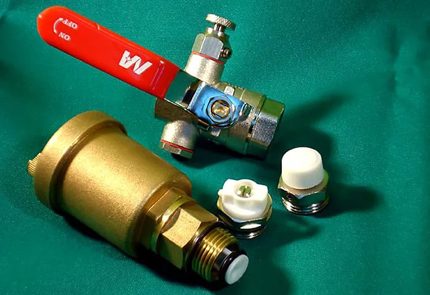
The principle of operation of the Mayevsky crane is based on the interaction of the simplest parts. Manual designs actually represent a conventional needle valve.
Elements of such a valve are:
- The body is metal.
- Threaded rod with through grooves.
- Cap with air outlet.
- Sealant rubber ring.
The material for the manufacture of Maevsky cranes is traditionally selected brass. True, a separate part of the mechanism — a cap with an air channel — can be made of nylon, nylon, or high-temperature plastic.

The brass body of the device is threaded by the outer diameter of the lower part. With this part of the casing, the tap is screwed into the seat of the heating radiator plug.
The action of the mechanism of a manual crane
Everything is simple. In the normal state, the screw of the control rod is screwed into the annular ring of the drain hole with the needle part as far as it will go.
When it becomes necessary to free the system from the air congestion in the radiator, the plumber (or landlord) unscrews the screw 2-3 turns with a key or a screwdriver. Due to the large difference in the density of water and air, the latter leaks first through the opening outlet.
Further, the air flow rushes through the longitudinal grooves of the rod and enters the area under the capron cap. From there, air mass is ejected through the outlet channel. As soon as the air flow stopped, and water flowed after, the plumber tightens the screw of the Mayevsky crane until it stops. This completes the venting procedure.
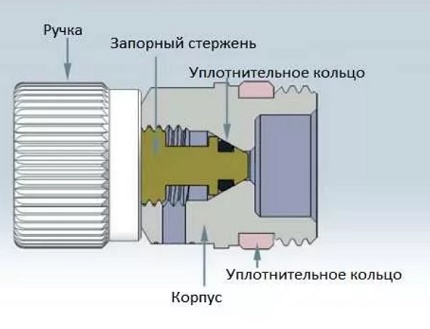
Periodically, the procedure for air removal from the loop heating is repeated, since the entire amount of air cannot be drained at a time.
The principle of operation of automatic air vents
The operation of the automaton, a follower of the Mayevsky crane, is somewhat different. The principle of operation of a similar product, but acting automatically, differs significantly from the manual standard. The air exhaust automatic valve is housed in a cylindrical housing. A float mechanism is installed inside the cylinder.
The lever system float mechanism is connected with a needle rod. In this design, the stem has a vertical arrangement. Its needle end acts as a valve that blocks or unblocks the opening of the upper part of the cylinder. An air-water inlet is provided at the bottom.
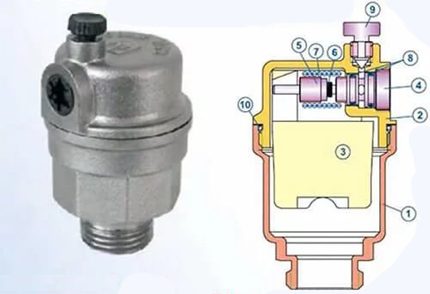
Upon the presence of water inside the cylinder of the air vent, the float is raised by pressure. The pressure force presses the needle portion of the valve. That, in turn, closes the upper outlet.
But as soon as air gets inside the cylinder, the force of the water pressure on the float weakens, the needle part of the valve moves down. The upper calibration hole opens, through which air is thrown out. As the air bubble descends, the cylinder fills with water again. The valve is installed in the closed position by the float.
How to mount an air vent?
The Mayevsky manual crane is a self-sealing device. In the kit, there is a sealing ring made of rubber, so there is no need to use any additional sealing materials.
Traditionally, the installation of manual valves for bleeding air of this type is performed in conjunction with radiator futors (1 dm x ½ dm; 1 dm x ¾ dm). As a mounting tool use a spanner specially designed for working with futors and corks.
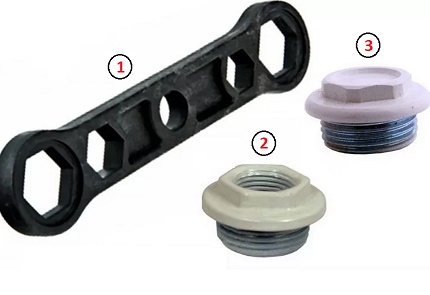
Operation of Mayevsky taps (air vents) is permissible only at the pressure and temperature specified in the standards. These values are determined by the technical characteristics of the device.
Technical characteristics of the air vent
The required functional properties are presented in the following table:
| Technical specifications | Permissible value | Units |
| Pressure (working) | 10 | ATI |
| Temperature (maximum) | 120 | ºС |
| Passage diameter | 25.4 or 20.0 | mm |
| Threaded diameter | 25.4 or 20.0 | mm |
| Workspace | water and other non-aggressive fluids | – |
| Life time | 20 – 25 | years old |
| Tightness class | "AND" | – |
During operation, disturbances in the operation of devices are not excluded. A frequent cause of the loss of performance of Maevsky cranes is small garbage transported by the coolant.
If the faucet is clogged and malfunctions, it is recommended to carry out simple maintenance:
- Shut off the radiator from the system with shutoff valves.
- Release approximately 1/3 of the volume of water from the battery.
- Remove the device from the battery case.
- Clean the bore with a thin (non-metallic) sharp object.
Heating systems are not always equipped with radiators, on which there are plugs with ready-made holes for Maevsky's taps. In such cases, the terminals for air vents will have to do with their own hands. No particular difficulties are foreseen in this matter. You just need to drill a hole for the installation size of the crane and cut the thread.
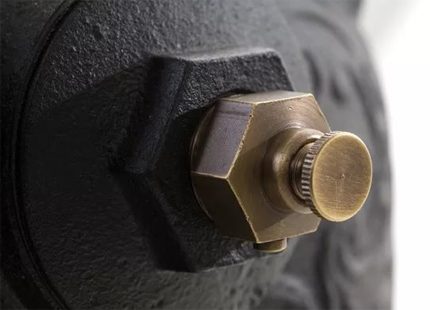
The hole is drilled with a drill for metal using a drill, and the thread is cut with a tap. Of course, the diameter of the drill is chosen 1 - 1.5 mm smaller than the installation size of the crane, and the tap is exactly the size.
Features of inclusion in the heating system
There are features on the installation of air vent valves when they are screwed into the body of existing radiator plugs. Radiator plugs are usually screwed on the left-hand thread.
The faucet is twisted to the right, and therefore plumbing must fix the cork with one key and at the same time wrap the air vent with a second. But these are technical trifles about which it will not hurt to know inexperienced inhabitants.
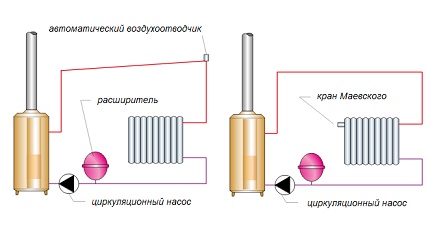
The installation diagram of the air exhaust devices also has some features. So, if the radiator system is built according to the vertical arrangement of devices, air vent valves are usually placed on heating radiators of the highest level.
But in the parallel connection scheme, even with a vertical structure, Mayevsky taps are placed in the heating devices of the lower and upper levels. In general, in plumbing practice, the installation in each individual case is done taking into account the possible accumulation of air in the system.
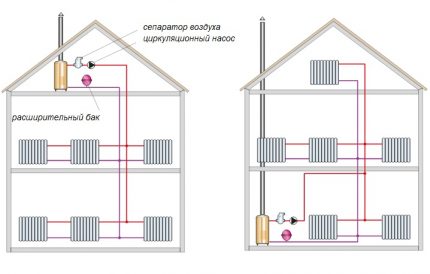
If conducted heating system installation according to the horizontal scheme, here, each heating device is usually equipped with air vents. By and large, it is advisable to equip almost any heating system equipment with faucets that exhaust air.
Really equipped are:
- all heating batteries in the system;
- compensators, bypasses and similar devices;
- recorders and coils;
- pipelines of the upper level of the heating system.
Some circuit solutions even provide for the placement of a Mayevsky crane on heated towel rails. By the way, there are models of heated towel rails on sale, the designs of which have an entry point for the Mayevsky crane.
Tips for the good
Before deciding to purchase air vents, it is recommended that you carefully study instrument layout in the heating circuit.
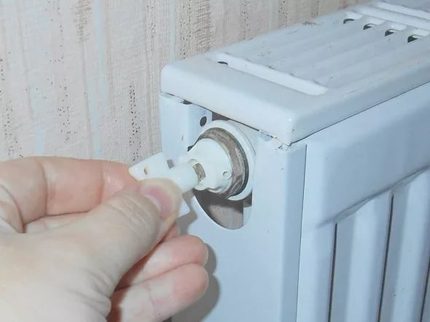
Depending on the degree of freedom of access to the equipment, appropriate Maevsky cranes should be installed.
Where it is difficult to work with a screwdriver, turnkey models are better suited, and where it is difficult to work with keys, it is reasonable to place automatic devices. A careful analysis will help make device maintenance more efficient and save on purchase.
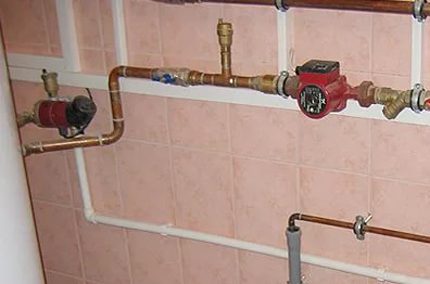
Hand-held devices have a maximally simplified design, for example, compared to automatic air vents. But, as practice shows, simplicity is the key to reliability.
If used in the heating system cast iron radiatorsreliable for such a system are seen more precisely manual cranes than automatic machines. Meanwhile, the degree of reliability of the design largely depends on the quality of the metal (brass) of which the air vent is made.

You can also mention the experience of implementing Maevsky cranes in heating schemes built on plastic pipes. This material reliably holds stable pressure and temperature, but is weak against water hammer.
Installation of the Mayevsky crane paired with a safety valve or a full security group increases system reliability for such cases. And in general, for circuits where pressure stability is in question, it is recommended to use cranes as stabilizers.
Conclusions and useful video on the topic
The video demonstrates the principle of operation of the Mayevsky crane and gives recommendations for its installation:
Simple in design and convenient for maintenance, air vents are also an integral technical part of any heating system. The deliberate exclusion of devices from the system threatens to result in serious consequences, up to the thawing of batteries and pipes in the winter. It is impossible to ignore Maevsky's cranes; they just need to be selected for a specific system.
Please write comments in the block below. Tell us about your experience in installing mechanical air vents. Ask questions, share opinions and photos on the topic.

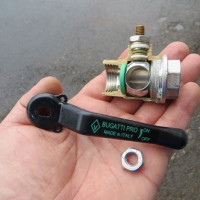 Water ball valves: types, classification, device and principle of operation
Water ball valves: types, classification, device and principle of operation 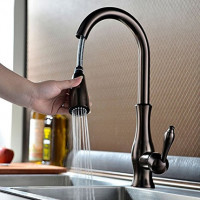 How to choose a faucet for the kitchen: types, specifications, an overview of the best options
How to choose a faucet for the kitchen: types, specifications, an overview of the best options 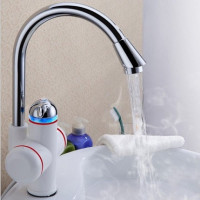 Instantaneous electric water heater on tap: selection tips + review of the best brands
Instantaneous electric water heater on tap: selection tips + review of the best brands 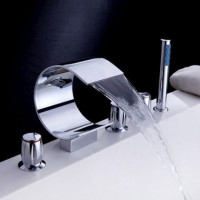 Cascade mixer waterfall: device, pros and cons + review of the best manufacturers
Cascade mixer waterfall: device, pros and cons + review of the best manufacturers 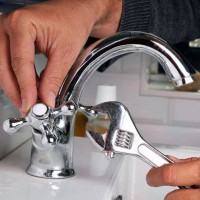 How to change the faucet in the kitchen: remove the old faucet and install a new
How to change the faucet in the kitchen: remove the old faucet and install a new 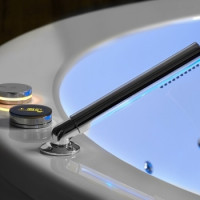 Thermostatic bath and shower faucet: device, principle of operation and selection rules
Thermostatic bath and shower faucet: device, principle of operation and selection rules  How much does it cost to connect gas to a private house: the price of organizing gas supply
How much does it cost to connect gas to a private house: the price of organizing gas supply  The best washing machines with dryer: model rating and customer tips
The best washing machines with dryer: model rating and customer tips  What is the color temperature of light and the nuances of choosing the temperature of the lamps to suit your needs
What is the color temperature of light and the nuances of choosing the temperature of the lamps to suit your needs  Replacement of a geyser in an apartment: replacement paperwork + basic norms and requirements
Replacement of a geyser in an apartment: replacement paperwork + basic norms and requirements
I live on the fifth floor, so almost every day I have to bleed the air that forms in the system. I have installed the Mayevsky crane of an old design, that is, I lower the air with a flat screwdriver. This is not very convenient. Based on the information, automatic cranes for cast-iron batteries are not recommended, it is a pity, or it is necessary to completely change the heating system.
I didn’t even have a tap, but a screw screwed into a radiator, which was supposed to be screwed off with a removable piece of iron. Then he stuck to the pipe and had to change it. The plumber said which one to buy, in general, the principle is the same, only there is a valve that you turn with your hand, and not with a piece of iron. If I knew that there are automatic options, I'd rather buy them.
On a cast-iron battery, only two sections are warm, feed and return, everything else is cold. Neither water nor air is bleed. Is there a problem with the Mayevsky crane or with the battery itself?